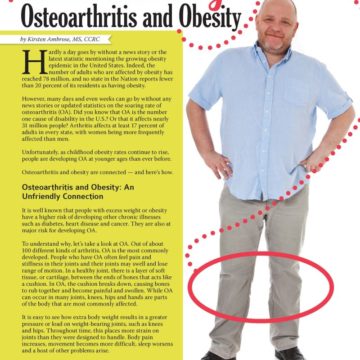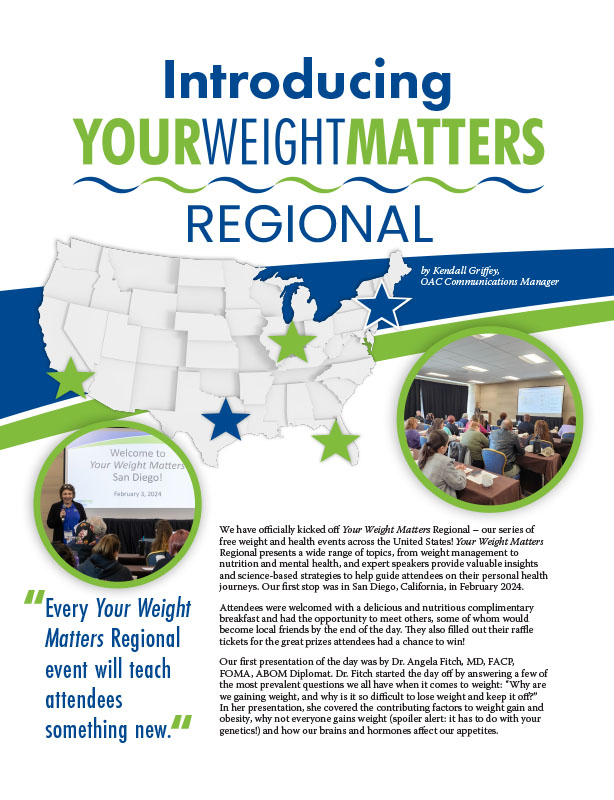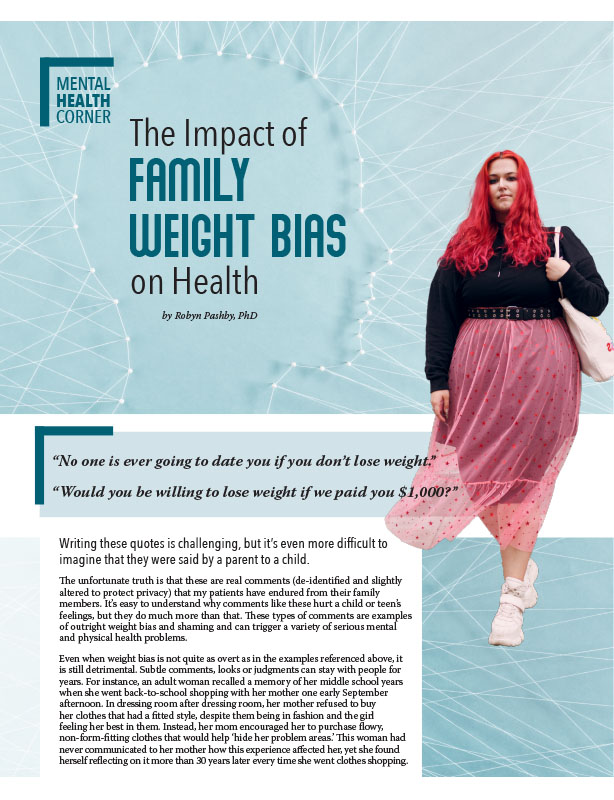Managing Your Weight During and After Pregnancy

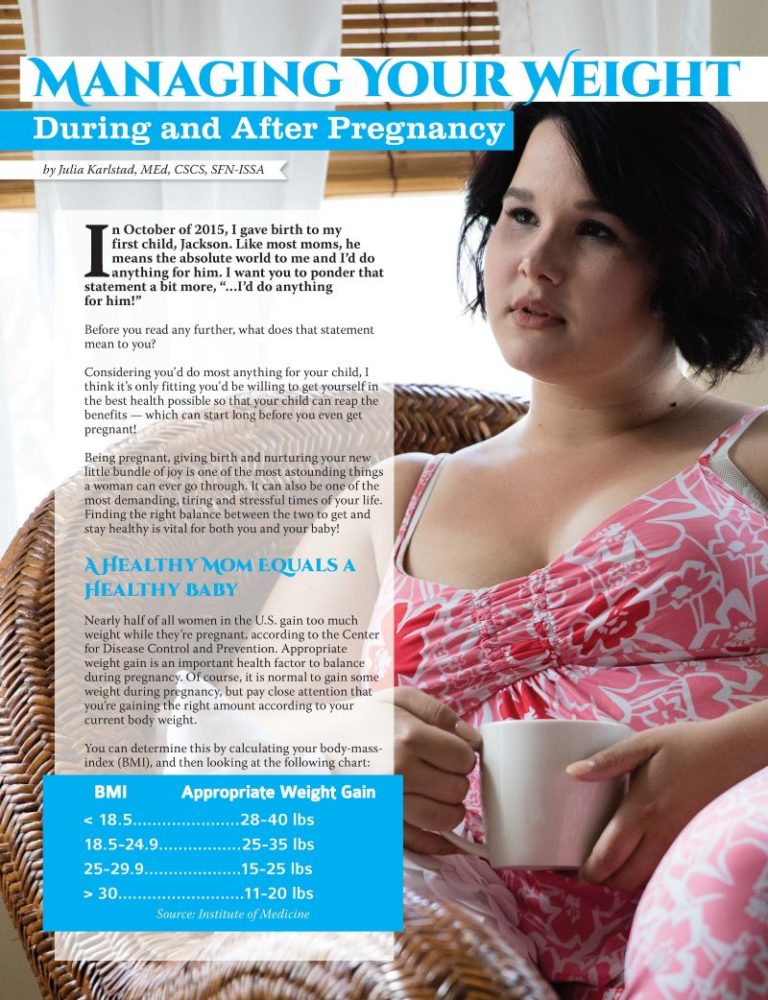
by Julia Karlstad, MEd, CSCS, SFN-ISSA
Summer 2016
In October of 2015, I gave birth to my first child, Jackson. Like most moms, he means the absolute world to me and I’d do anything for him. I want you to ponder that statement a bit more, “…I’d do anything for him!” Before you read any further, what does that statement mean to you?
Considering you’d do most anything for your child, I think it’s only fitting you’d be willing to get yourself in the best health possible so that your child can reap the benefits — which can start long before you even get pregnant! Being pregnant, giving birth and nurturing your new little bundle of joy is one of the most astounding things a woman can ever go through. It can also be one of the most demanding, tiring and stressful times of your life. Finding the right balance between the two to get and stay healthy is vital for both you and your baby!
A Healthy Mom Equals a Healthy Baby
Nearly half of all women in the U.S. gain too much weight while they’re pregnant, according to the Center for Disease Control and Prevention. Appropriate weight gain is an important health factor to balance during pregnancy. Of course, it is normal to gain some weight during pregnancy, but pay close attention that you’re gaining the right amount according to your current body weight. You can determine this by calculating your body-mass- index (BMI), and then looking at the following chart:
BMI Appropriate Weight Gain
< 18.5 ——————————– 28-40 lbs
18.5-24.9 —————————- 25-35 lbs
25-29.9 —————————— 15-25 lbs
> 30 ———————————- 11-20 lbs
Source: Institute of Medicine
Considerations before Becoming Pregnant
The better your health is before you conceive, the easier your pregnancy will be along the way. Exercise will give you energy, aide in stress management, improve the quality of your sleep, facilitate an easier labor and speed your post-delivery recovery time. So get started early! Here are a few things you can do pre-pregnancy to prepare for the excess baby weight.
Pre-pregnancy Weekly Workout:
MONDAY // Walk for distance; each week walk a little further until you’re able to walk 3 consecutive miles.
TUESDAY // Total Body Strength
(see sample workout below.) Perform 2-4 sets of each exercise.
WEDNESDAY // Yoga and/or Stretching Exercises
THURSDAY // OFF
FRIDAY // Total Body Strength SATURDAY // Walk 15-60 minutes SUNDAY // Yoga and/or Stretching Exercises
Here are some sample workouts you can try for a total body strength routine:
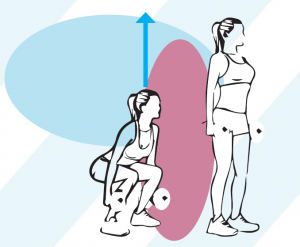

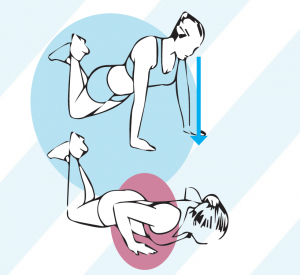
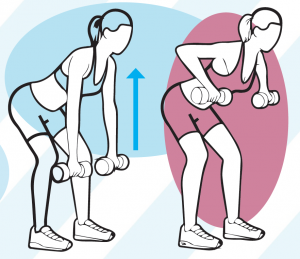
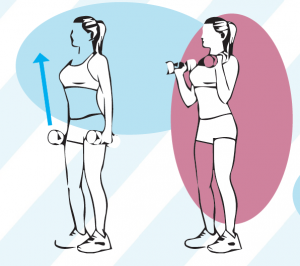
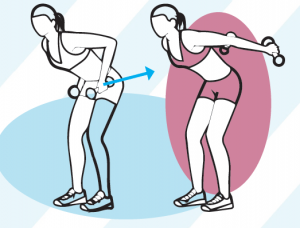
Be active early in the process, and continue throughout your pregnancy. This includes paying close attention to gaining the appropriate amount of weight during pregnancy, and then working hard to get any excess weight off postpartum.
As the statistics stated above, moms are gaining too much weight during their pregnancies. Additionally, moms-to-be who are affected by obesity have higher rates of miscarriage, premature births and babies with birth defects. If the excess pregnancy weight isn’t lost, it has also been found to be associated with excess weight and obesity 10-15 years later in life, according to the CDC. Consequently, this can escalate into other complications such as type 2 diabetes, heart disease, hyperlipidemia, high cholesterol, sleep apnea, depression and even cancer.
Weight gain can be minimized by eating a clean diet, participating in regular exercise and taking time to engage in mental health exercises, such as meditation or deep breathing exercises. It sounds easy, but when you’re plagued with the stressors of pregnancy itself and all of the demands a newborn brings about, it can prove to be challenging if you don’t have a plan
“Having a plan that includes consistent assessing and reassessing is the key to long-term weight management, and your healthy due diligence now will only further enhance the quality of both you and your baby’s lives for the long-term!”
The Plan for Weight-loss When You Have a Newborn
1.Take the following self-assessment monthly:
Weight: ___
Girth measurements of:
- Waist (above the belly button)
- Chest (across the nipple line)
- Right upper arm (midway between the shoulder and elbow)
- Right upper leg (midway between hip bone and knee cap)
- Hips (largest area of the hips with feet together)
2. Track three days’ worth of your daily caloric intake:
- Day 1 _____ calories
- Day 2 _____ calories
- Day 3 _____ calories
3. Take these assessments at the following time intervals:
- Before you’re trying to get pregnant
- Monthly throughout your pregnancy
- When you get home from the hospital
- Monthly during postpartum, until you’ve achieved your postpartum goal weight
4. Exercise weekly according to your fitness level. Seek a qualified fitness professional for an individualized program. You should start slow and gradually progress. You can continue the weekly workout outlined above once you’re pregnant, just be sure not to do any exercises on your back after the first trimester, as this can put undue stress on the baby. It’s best to avoid any exercises on your back after this point in the pregnancy.
- Additionally, once you’ve become pregnant, your body releases a hormone called relaxin. This hormone causes your joints to be more relaxed, thus putting you at a slight increased risk for injury to your joints. Avoid contact sports and excessive stop and- go or lateral movements.
5. Once you’ve recorded and analyzed your food intake, assess the caloric intake as it relates to your weight gain and/or loss. Make adjustments as necessary to create a healthy caloric deficit. Remember that you’re generally going to be burning between 300-500 excess calories during the 2nd and 3rd trimesters of pregnancy, as well as when you’re nursing. Do not skip meals, and be sure to eat smaller meals more frequently throughout the day.
6. Spend 10 to 60 minutes each day on mental health. This can include such things as meditation, yoga, deep breathing or any other activity that forces you to be present with yourself in the moment without distraction (both physical and mental).
Conclusion:
I’ve been a health and fitness professional for more than 10 years now, and I can personally relate to the challenges of being a mom! During my pregnancy, I gained 29 pounds total and within seven weeks postpartum, I was at my pre-pregnancy weight. I utilized the plan I outlined above to manage my weight gain throughout my pregnancy journey, and have utilized this plan with hundreds of clients seeking guidance on how to lose weight themselves. I’m hoping my experience and expertise may inspire pre and postnatal moms to make health and fitness a priority in their lives. Having a plan that includes consistent assessing and reassessing is the key to long-term weight management, and your healthy due diligence now will only further enhance the quality of both you and your baby’s lives for the long term!
About the Author:
Julia Karlstad, MEd, CSCS, SFN-ISSA, is the President and Founder of JKFITNESS, LLC. She has more than ten years of experience developing, implementing and directing exercise, education and training programs within medical based programs and facilities. She is extremely passionate about helping people change their lives through fitness. She is an author, acclaimed speaker and has been featured in magazines and television.
by Kendall Griffey, OAC Communications Manager Spring 2024 We have officially kicked off Your Weight Matters Regional…
Read Articleby Robyn Pashby, PhD Winter 2024 “No one is ever going to date you if you don’t…
Read Articleby Michelle “Shelly” Vicari Winter 2024 Winter has arrived! Don’t allow the chilly and damp weather to…
Read Article





